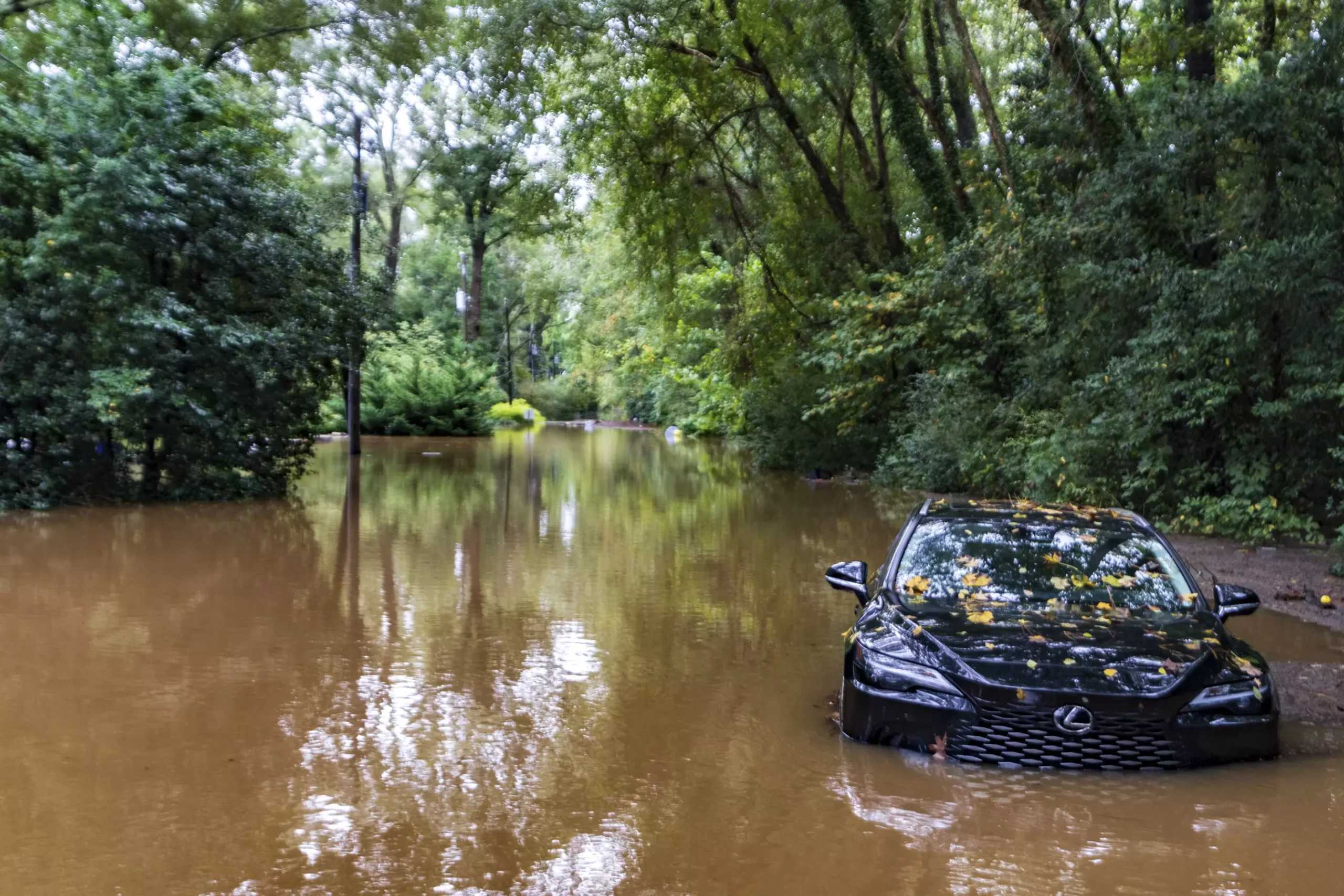With the rising prevalence of electric vehicles (EVs) and the increasing severity of weather events due to climate change, owners of electric vehicles face unique challenges during storms. Hurricane Helene has served as a reminder that those living in storm-prone areas must be aware of the risks posed to EVs, particularly in situations where floods or storm surges occur. As experts highlight, there are specific precautions owners can take to protect their vehicles and themselves.
Electric vehicles, like their gasoline counterparts, face significant risks during floods, but the unique technology that powers them brings an additional layer of concern. Saltwater is particularly hazardous for electric vehicles, as it can cause short circuits in the lithium-ion batteries that power most EVs. Such short circuits can not only lead to battery failure but may also result in thermal runaway, a catastrophic failure where excessive heat is generated and can lead to fires. While instances of EVs catching fire are rare, they have been documented, particularly in Florida following hurricanes like Ian and Idalia.
Governor Ron DeSantis of Florida recently urged EV owners to prepare for hurricane impacts, emphasizing the need to safeguard vehicles from inundation. He advised that EV owners should elevate their vehicles to higher ground before imminent storms. This precaution is essential not merely for the safety of the cars but also for the safety of those who own them. Taking steps to avoid flooding becomes crucial when facing potential storm surges, which can be devastating.
In addition to the risks posed by floods, electric vehicle owners must also navigate the implications of power outages. During severe weather events, electricity supplies can be compromised, leading to situations where charging stations become inaccessible for extended periods. While traditional motorists may use gas stations, which may also be unable to pump fuel during outages, EV owners face a double challenge: not only do they have to navigate a potentially flooded area, but they must also deal with the impossibility of charging their vehicles.
Maintaining a sufficient charge on an electric vehicle is akin to keeping a full gas tank; it ensures mobility and provides flexibility during emergencies. However, as the National Highway Traffic Safety Administration (NHTSA) has pointed out, power outages directly limit charging options, prompting owners to be strategic about their driving and charging habits leading up to severe weather events. For example, charging vehicles to full capacity ahead of a predicted storm can provide a buffer while waiting for the utilities to be restored.
Experts recommend proactive measures for electric vehicle owners living in storm-prone areas. This includes not only elevating vehicles to avoid floodwaters but also taking the precaution to inspect them immediately after exposure to water, particularly saltwater. The lingering threat of salt corrosion and potential battery damage means that EV owners must be vigilant even after floodwaters recede.
Tesla, among other manufacturers, has provided guidelines for vehicle owners in these situations. Recommendations include inspecting the car after a storm and not attempting to drive or charge the vehicle until it has been fully evaluated by a qualified mechanic. The concern here is that residual salt may remain even after floodwaters have evaporated, creating an ongoing risk for battery damage.
Furthermore, the NHTSA has committed to improving safety protocols for electric vehicle batteries in light of these findings. As awareness of these risks grows, the focus on developing more resilient battery technologies becomes even more critical. By modifying safety requirements and integrating better protective measures, manufacturers can help reduce the risks faced by EVs in flood situations.
The integration of electric vehicles into everyday life continues to expand, providing numerous benefits for reducing carbon footprints and promoting sustainability. However, the risks accompanying severe weather events, particularly floods, require a heightened level of awareness and preparedness on the part of EV owners. By staying informed and taking proactive measures, electric vehicle owners can navigate the challenges of hurricanes and floods more effectively, ensuring both the safety of their vehicles and their own peace of mind in uncertain times. As our climate continues to change, these challenges will likely persist, making it vital for owners to adapt and prepare for the future.

